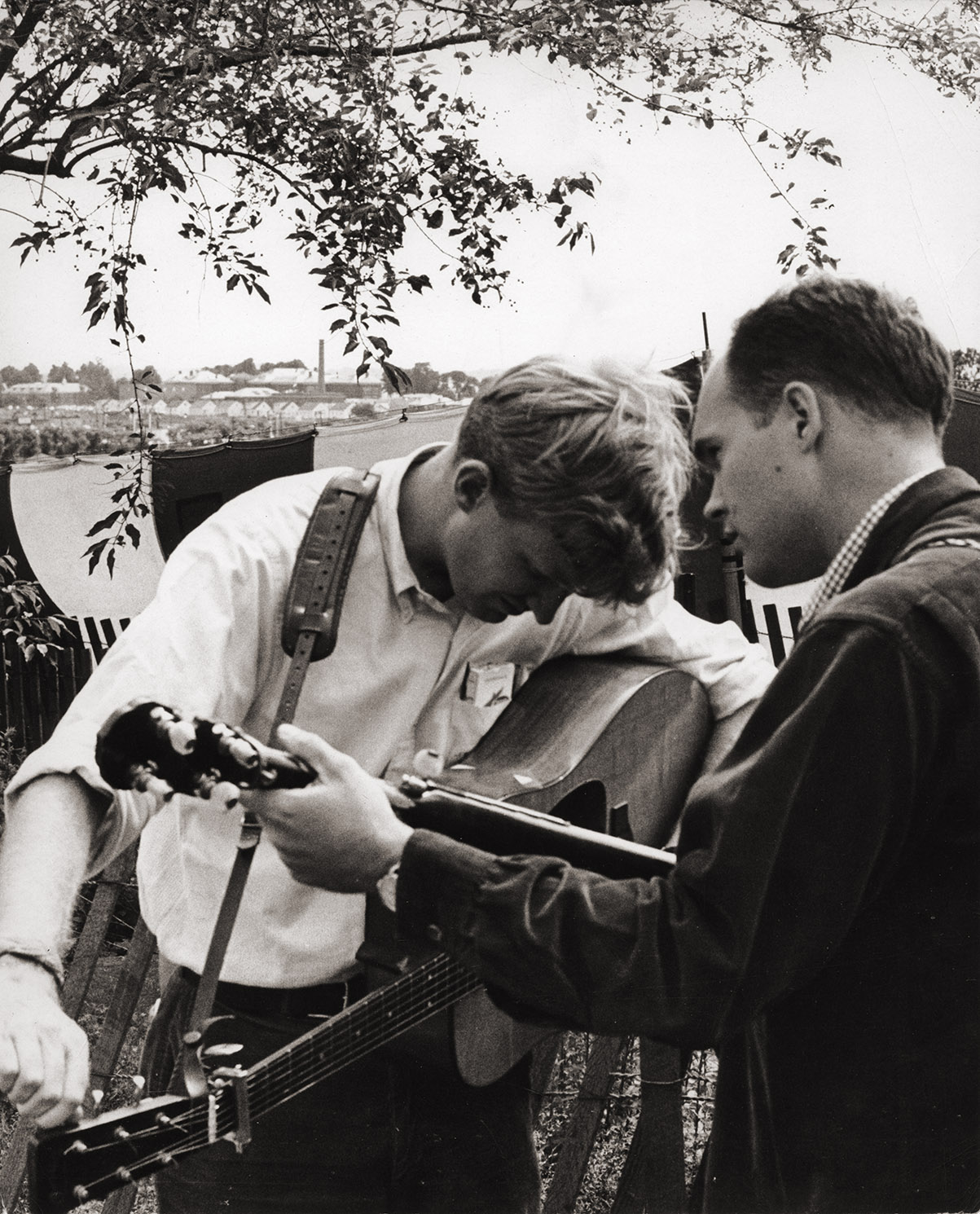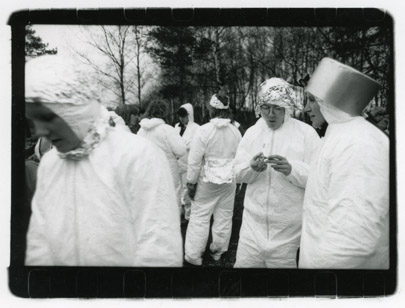Paul S. Kahn Papers

An artist, writer, and activist for the disabled, Paul S. Kahn was born on Nov. 6, 1945, into a second-generation family of Jewish immigrants in Auburndale, Mass. Early in life, Kahn rebelled against the perceived “powerlessness” of the neuromuscular disorder with which he was born, pursuing an artistic, academic, and activist life. While studying drawing, painting, and sculpture at Boston University and earning a MA in counseling at Northeastern (1982), Kahn became an activist in the independent living movement and a pioneer in advocating for personal care assistance. Living independently from 1979, he worked as staff therapist at the Beth Israel-Deaconess Medical Center, as leader of a support group for the Muscular Dystrophy Association, and as a member of the Massachusetts Governor’s Advisory Commission on Disability Policy. In 1980, Kahn met Ruth Stern, who would become his frequent collaborator and wife of 21 years. As Kahn’s physical condition weakened after 1987 and he became dependent upon a ventilator, his creative focus shifted increasingly from art to writing and editing. The last two decades of his life were remarkably productive, resulting in over twenty plays and dozens of published essays and poems, and he was the long-time editor of the newsletter Disability Issues. Kahn died on Jan. 1, 2010.
Paul Kahn’s papers are a reflection of the intensely creative life of a committed activist. The collection centers on Kahn’s literary work, including manuscripts of his plays, essays, and poetry, but it includes numerous examples of his artwork and a number of home movies and tape recordings from his childhood.








